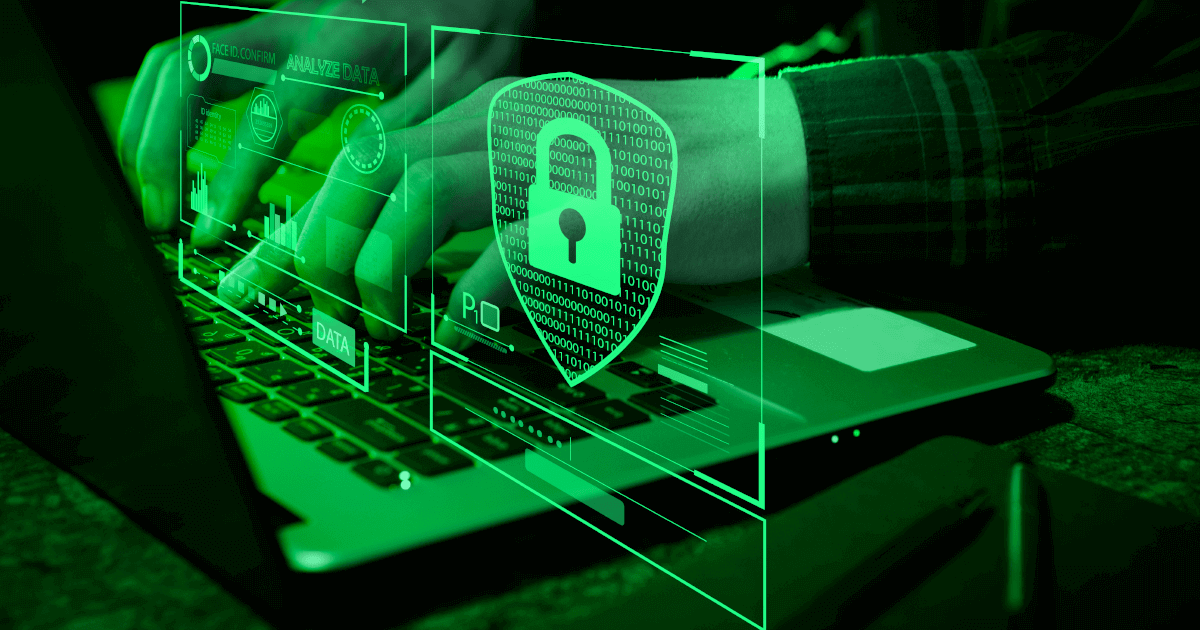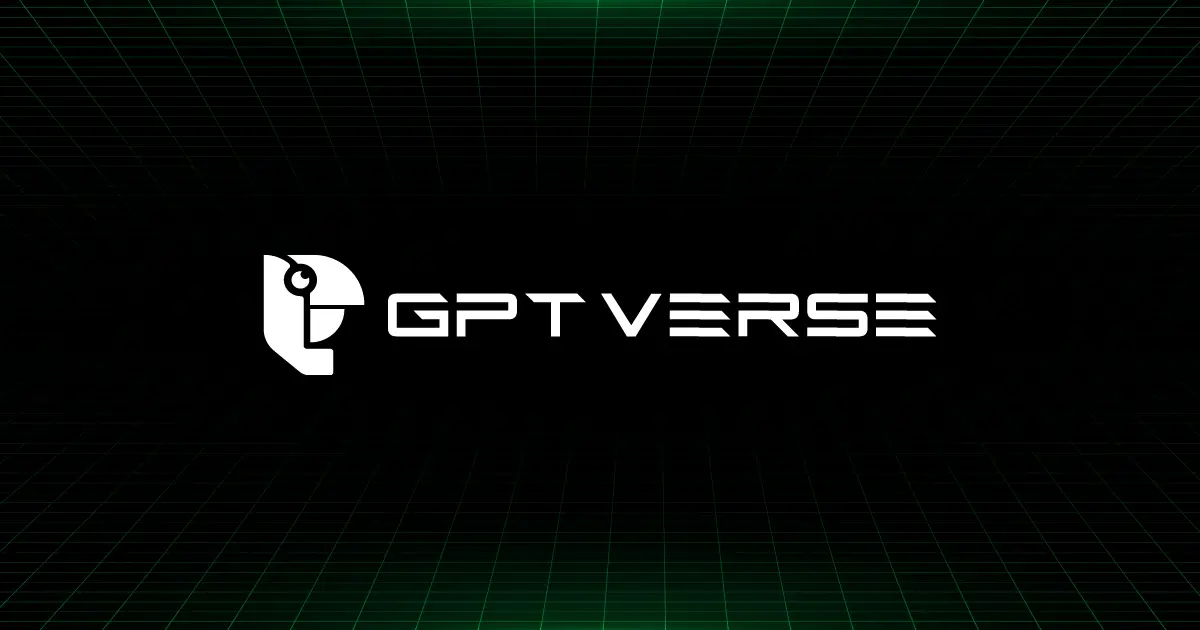As technology continues integrating into every aspect of modern life, ensuring robust data security and privacy protections for individuals is increasingly important. From financial and medical records to social media profiles and online purchases, a vast amount of personal information is now stored and transmitted digitally. However, numerous high-profile data breaches in recent years have compromised the sensitive data of millions, underscoring the need for stronger security practices across all industries that handle consumer data. This post will explore the fundamentals of data security and recommend best practices for both organizations and individuals to help safeguard valuable private information in our networked world.
Understanding the Basics of Data Security
According to Anthropic’s data security guide, the core components of an effective data security program include access controls to limit who can view and modify data, encryption to protect data during storage and transmission, authentication to verify user identities, and logging/monitoring to detect any unauthorized access or anomalous activity. Comprehensive security also involves regular vulnerability testing, patching of systems and software, employee training, and incident response planning.
As a report from the Ponemon Institute notes, the rising costs of data breaches stem not only from fines and legal liabilities but also reputational damage due to lost consumer trust. Proper security controls not only help organizations comply with regulations like GDPR but also build confidence that sensitive customer records remain safely protected.
Implementing Strong Access Controls and Authentication
Strong access controls form the foundation of any security strategy by restricting data access only to authorized and authenticated users. As the Verizon Data Breach Investigations Report states, over 80% of hacking-related breaches leveraged either stolen, weak, or default credentials. Multi-factor authentication adds an extra layer of validation beyond passwords and can block many compromise attempts.
Limiting data access to only those who genuinely need it for their roles is also important. According to TechTarget, separation of duties and “least privilege” models where users have only the minimum permissions required can minimize the damage from insider threats or compromised accounts. Role-based access controls (RBAC) are useful for clearly defining and enforcing these access policies.
Encrypting Data Both at Rest and in Transit
As the National Institute of Standards and Technology (NIST) recommends, encryption must be applied to data throughout its entire lifecycle – whether stored on devices/systems or moving across networks. As the Healthcare IT News article explains, failure to encrypt sensitive files at rest leaves them vulnerable if storage media is lost or stolen. Similarly, unencrypted data in transit risks interception during transmission. The use of strong, regularly updated algorithms is essential to future-proof encryption effectiveness against emerging threats.
Implementing Robust Monitoring and Incident Response
Even with preventative security controls, breaches may still occasionally occur. As the SANS Institute advises, logging and continuous monitoring help detect anomalies or unauthorized access attempts. Comprehensive security information and event management (SIEM) solutions can correlate logs from various systems to spot subtle attacks.
Finally, having an established incident response plan in the event of any breaches is critical for containing damage per the guidelines from NIST. This includes designating response teams, identifying indicators of compromise, preserving forensic evidence, enacting business continuity procedures and properly notifying affected individuals and authorities.
Conclusion
With personal data now so pervasive online, data security must remain an ongoing priority. By implementing controls around access, authentication, encryption and monitoring – and emphasizing security awareness among employees and customers – organizations can help safeguard valuable consumer information. Comprehensive protection requires diligence, resources and partnership across all stakeholders responsible for handling sensitive user data.



